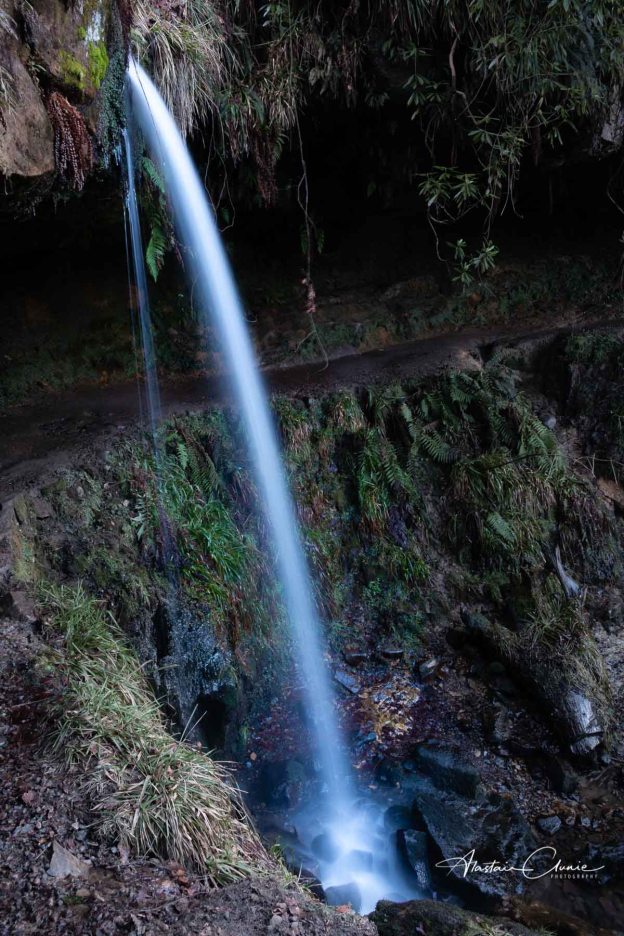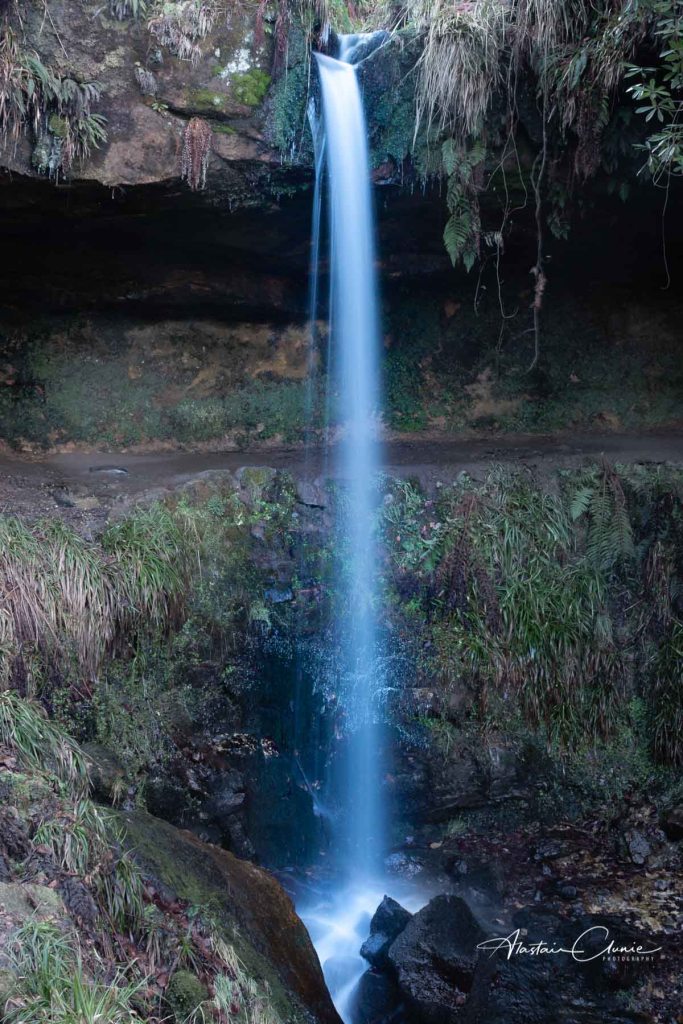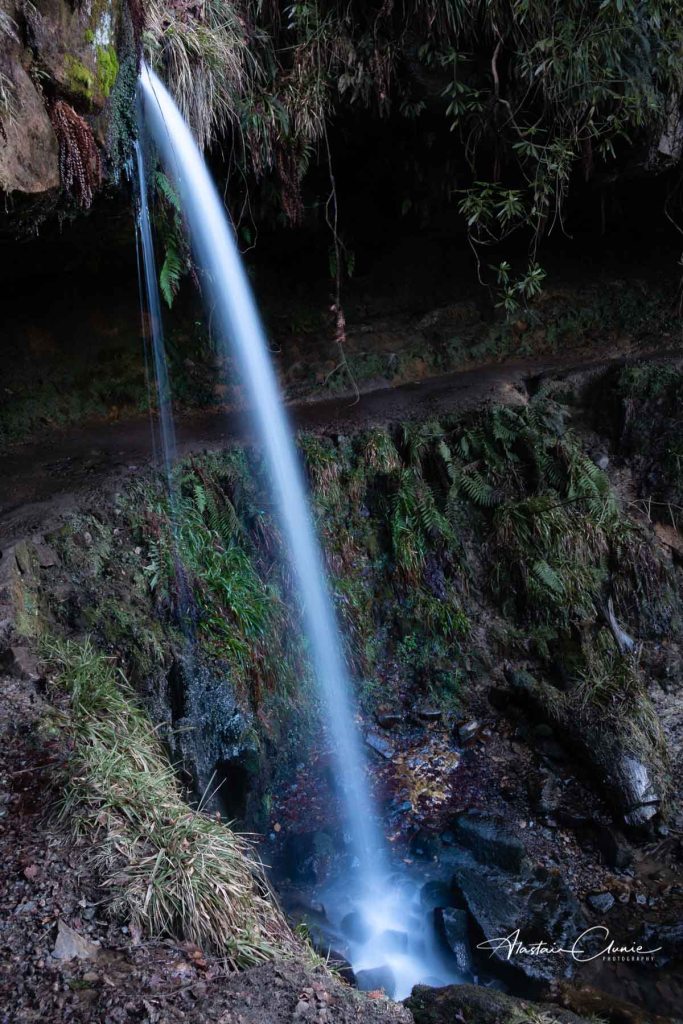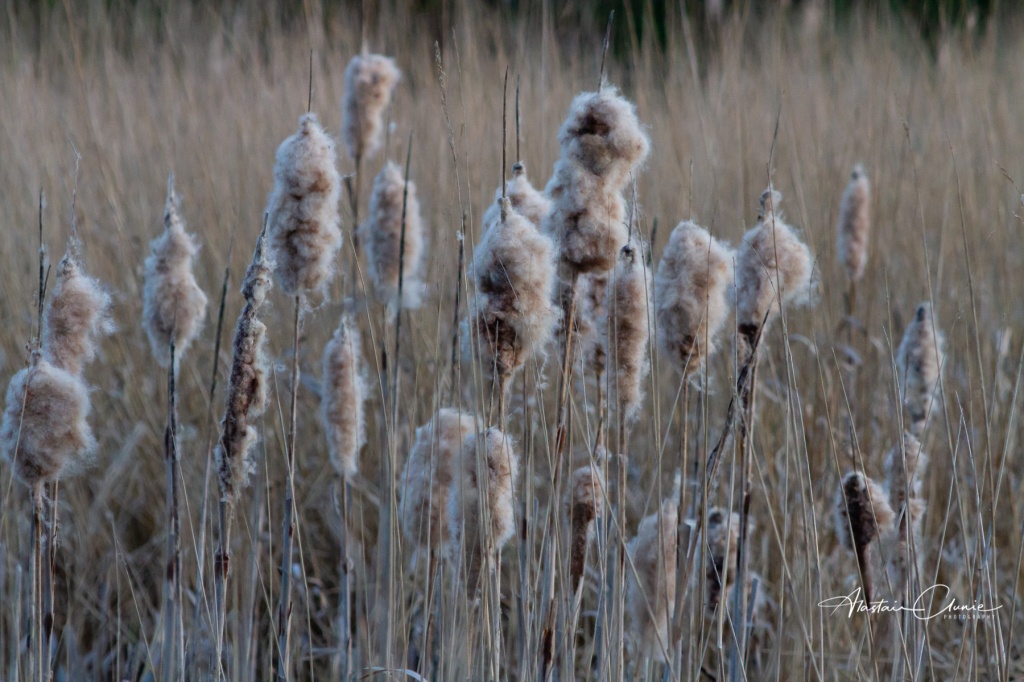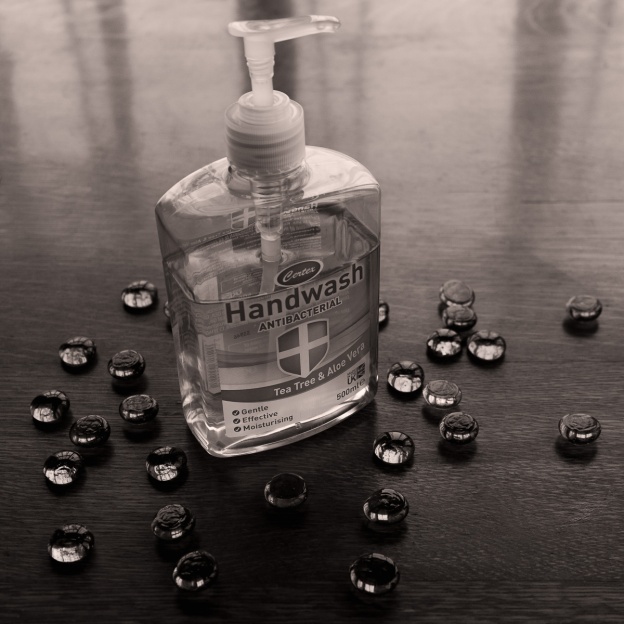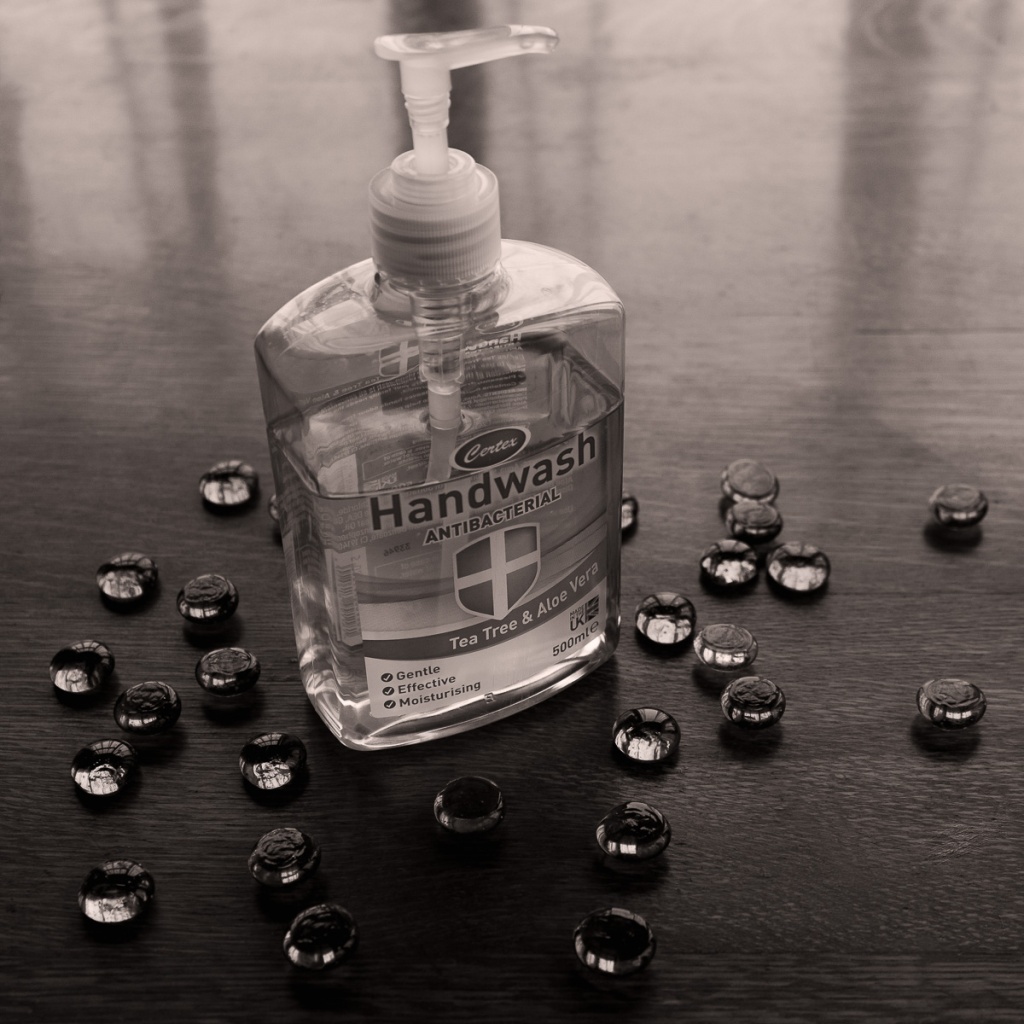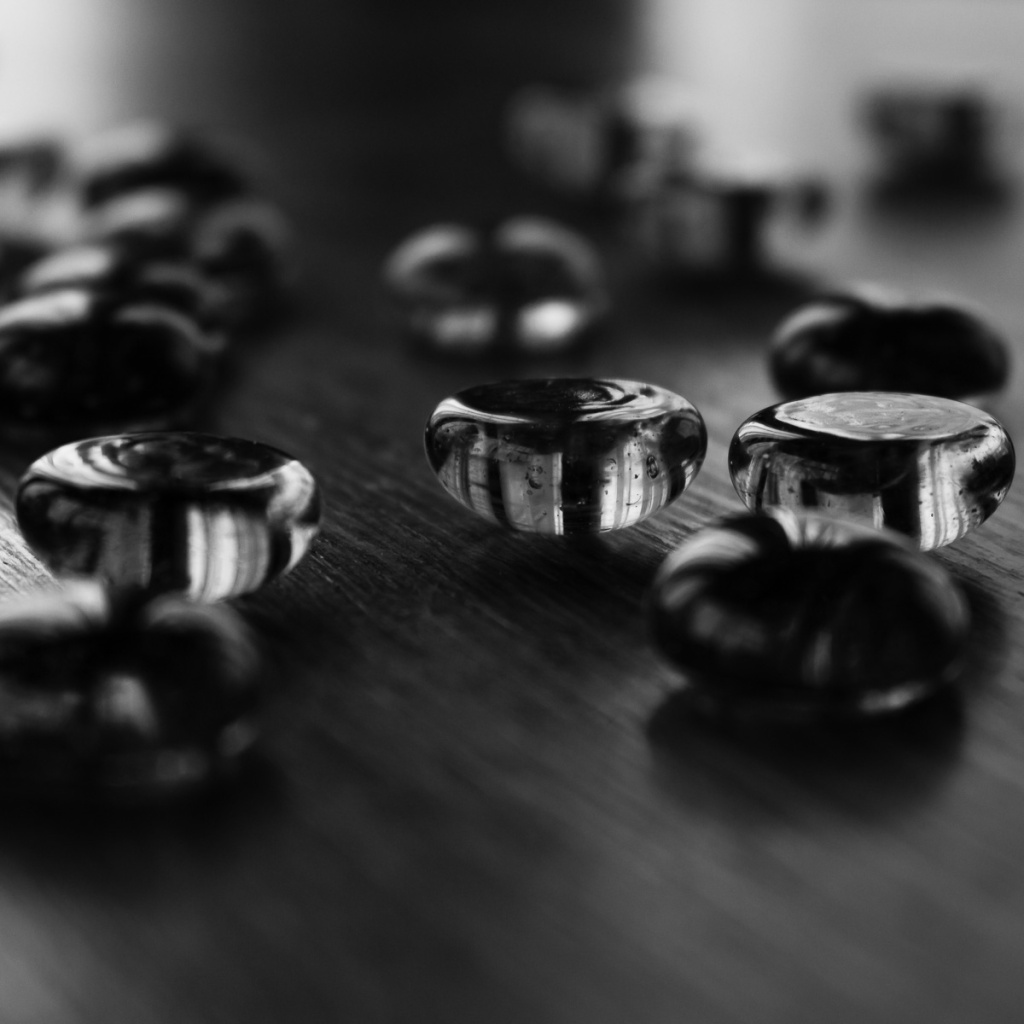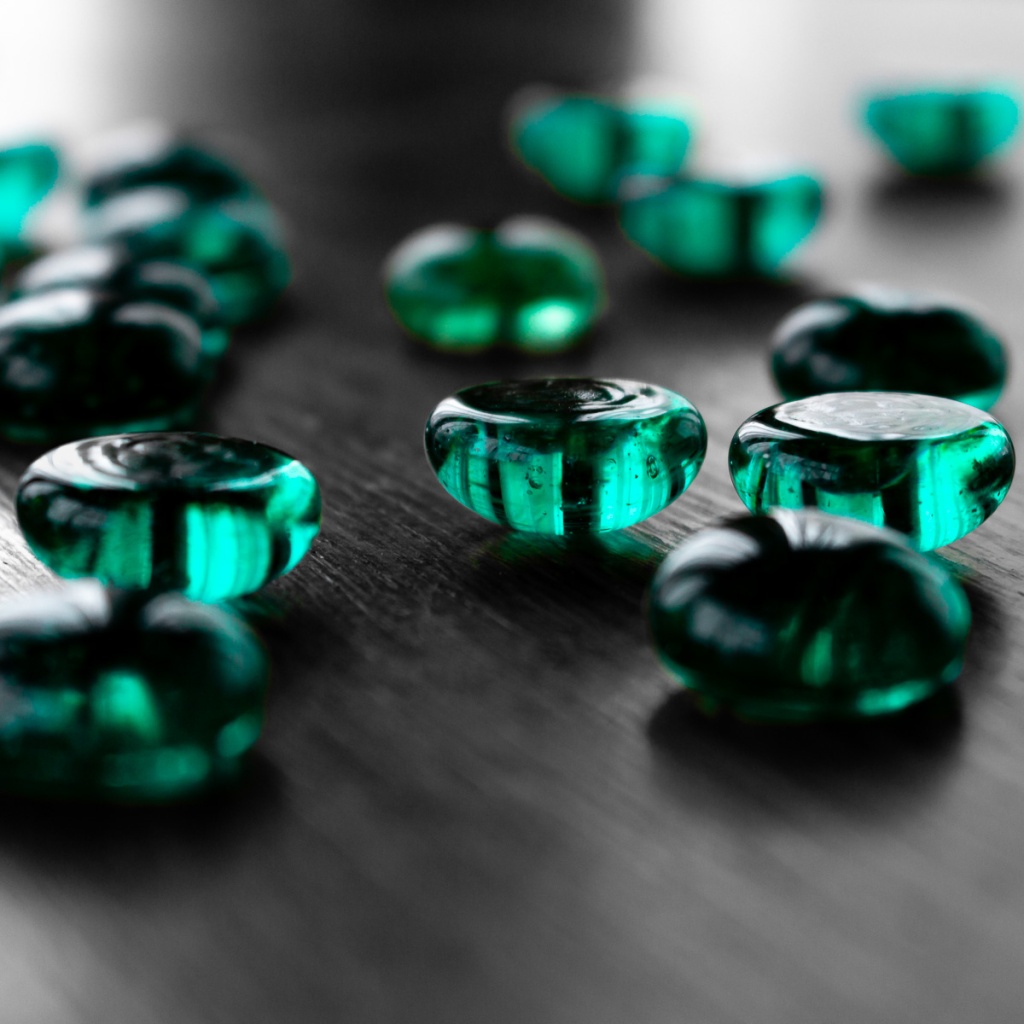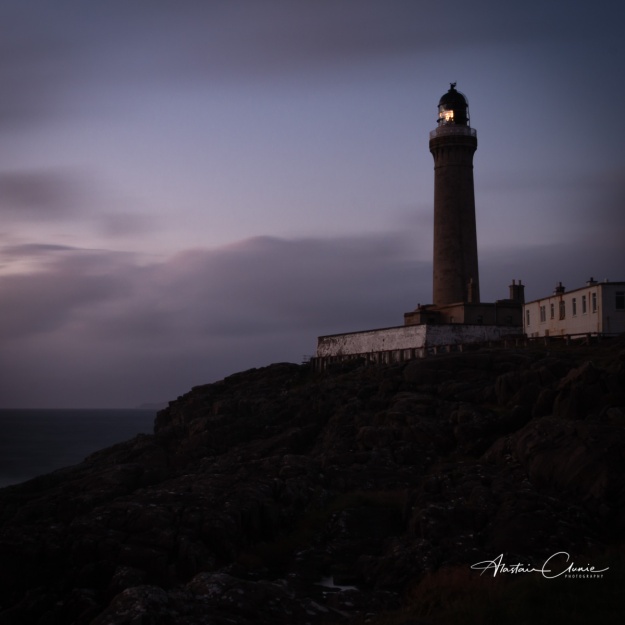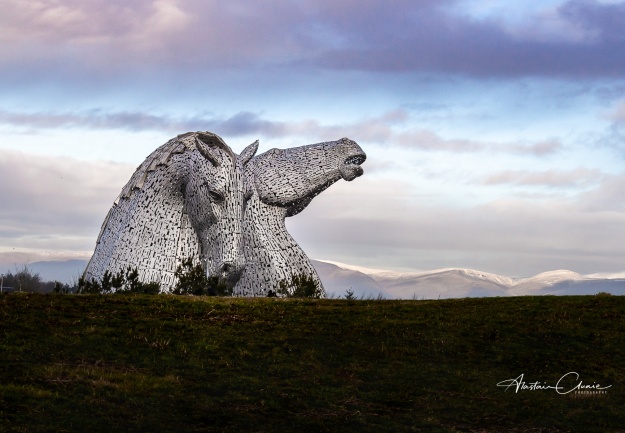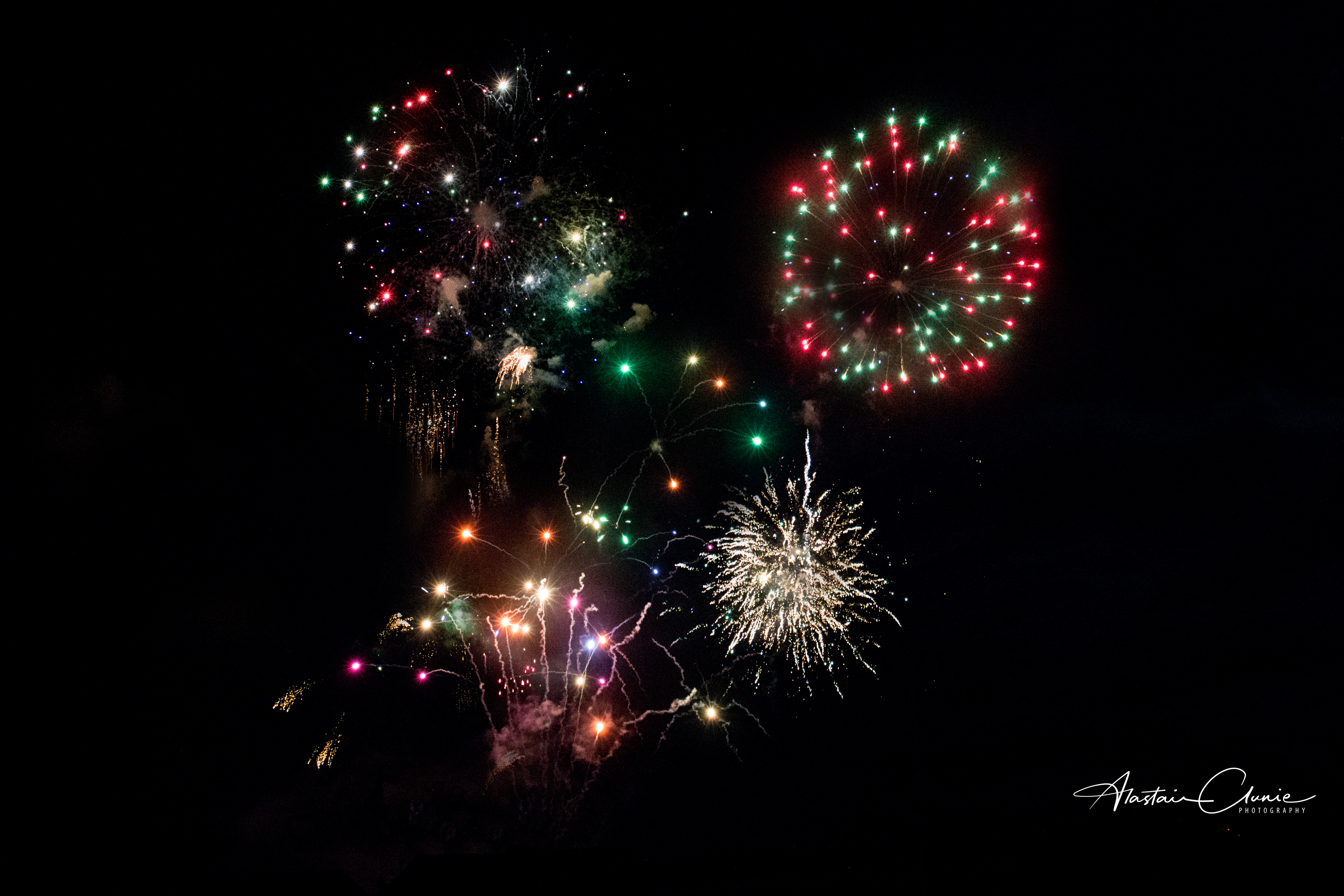Well, it’s been a busy week with all manner of boring (but necessary) admin tasks to attend to and yesterday evening I realised I didn’t have a subject when I intended to write a blog post today. I decided, therefore, to take the initiative and head out with my camera and no clear idea as to what I would shoot.
Inspired by some shots my family had taken on a trip to Elie in the East Neuk of Fife, and only a short drive from home, I set out for there to see what might be on offer photographically. As I prepared to leave, the dog was giving me “the look” which was enough to persuade me to take her along. If nothing else, the evening air would be good for both of us.
I parked up near the Fife Coastal Path and headed out towards Elie Ness Lighthouse. There was nothing really catching my attention there so I carried on round to Lady’s Tower, an old stone edifice built in 1760 apparently as a changing room for Lady Anstruther who liked to bathe in the shelter of the rocks just below. It’s said that a bell would be rung to warn the locals to stay away while she was bathing.
The evening sun was getting a little lower in the sky, casting a warm glow on the stone of the tower and the rocks below. I tried a few shots around the tower before setting up with ND filters to get some soft water effects as the sea washed over the rocks. At the time, I wasn’t all that convinced that I was getting shots I would be happy with, but opening them up in Lightroom and doing some editing got better results than I had expected. I was by that time, however, thinking that my blog post would be about a forlon trip when nothing really presented itself as a pleasing image that would be “a keeper”. And that happens – often. Just like fishermen, photographers come home with tales of the one that got away, or the one that actually never was.
I was preparing to settle for this just being a nice time out with the dog, taking some photos and enjoying the sea air on a pleasant summer evening – not a bad outcome – and was thinking about stopping by a bench to pack my camera away when I spotted this….
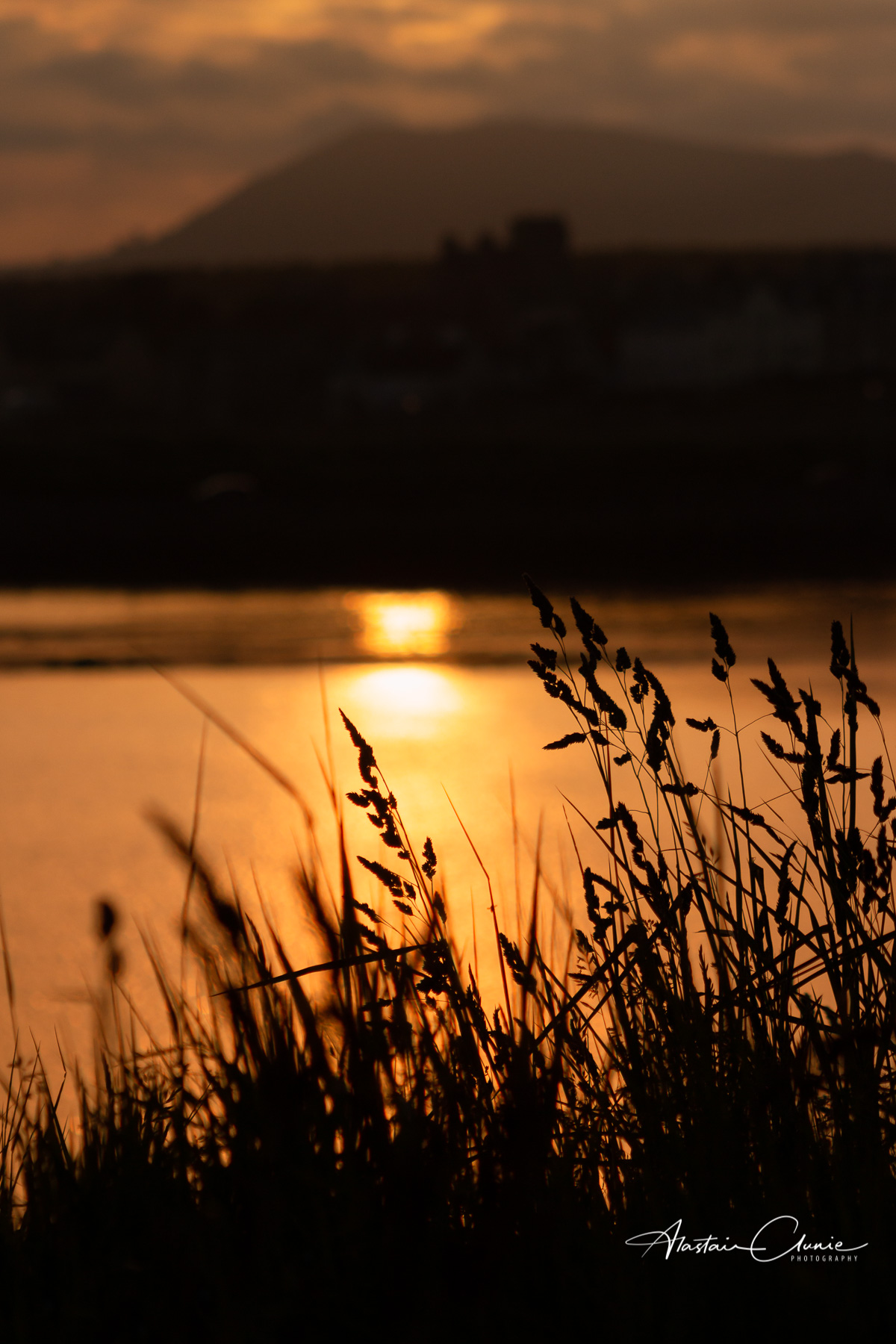
sunset grasses
This is actually the last of three shots that I took of this scene. What immediately attracted me was the warm glow of the sun which was casting a more diffused light having been partially obscured by clouds. It was the beautiful golden light that was capturing my imagination.
Shot 1 – was very bog standard – wide, capturing the whole scene and very much the typical sunset type of photograph. It was my shot in the can, if you like; something to have that could probably be worked on a little in post.
Shot 2 – was cropped in a little, by zooming to a longer focal length and focused on the background. I felt that was a better composition. With landscapes, it’s easy to stay with the grand vista, but there is often great merit in homing in on a specific feature, or aspect of the scene.
Shot 3 – the one above. This time I decided to keep the same basic framing as shot 2 but this time to focus on the grasses in the foreground and throw the wider “grand vista” out of focus. I’m pleased with it as the grasses make for a good point of interest, provide a leading line and frame the highlight on the water.
All of the processing was done in Lightroom with the intention of using as light a touch as possible, which consisted of a slight warming of the colour temperature and some minimal and local highlight dampening.
For those who follow this blog, thank you so much for your interest. If you don’t already follow the blog, please consider signing up to receive email notifications when I post.
You can follow me on Instagram and find me on Facebook too.
This photograph is available to buy as a print from my website. Sales allow me to keep doing what I do.
Be inspired and keep those shutters firing.

